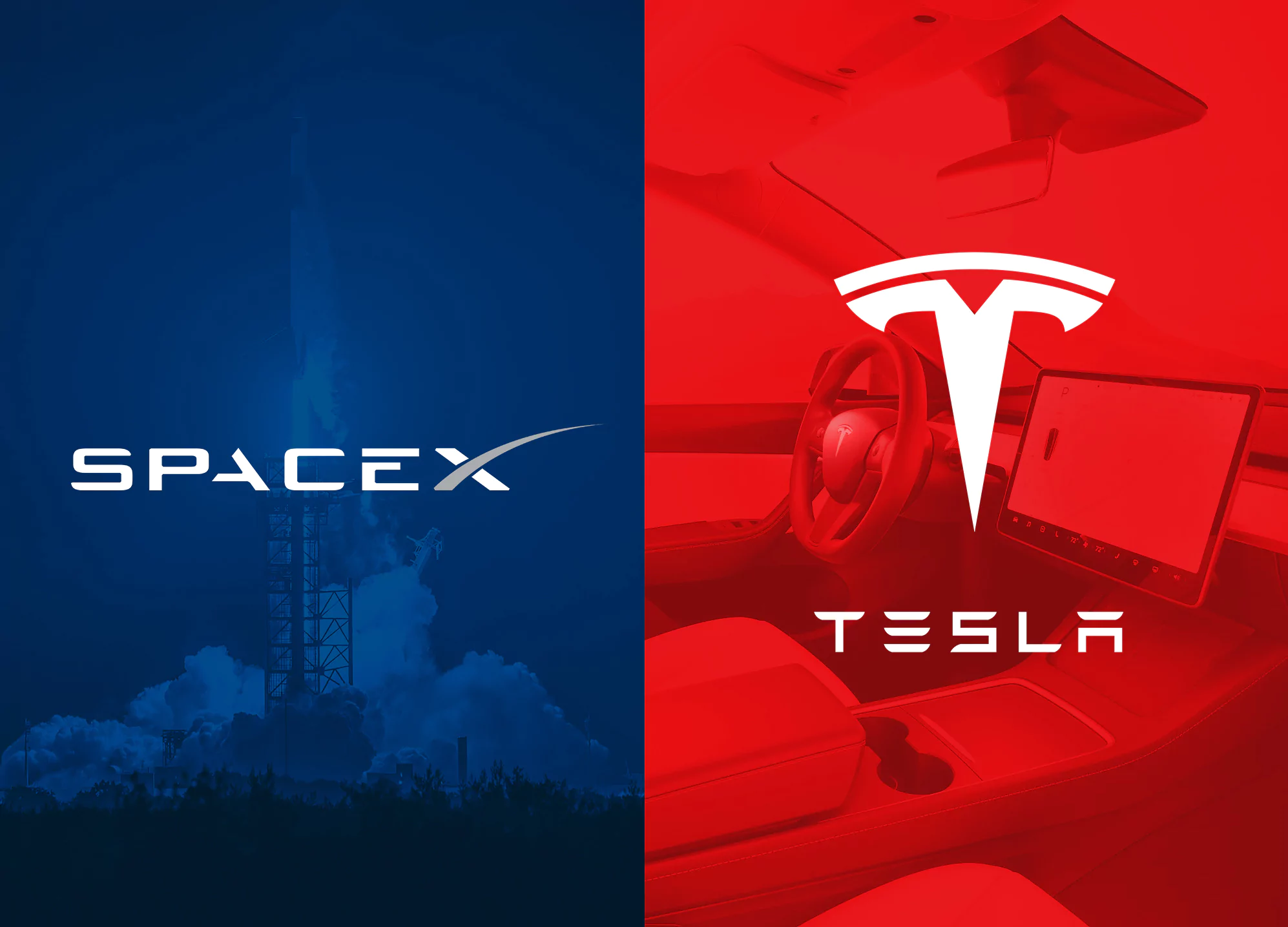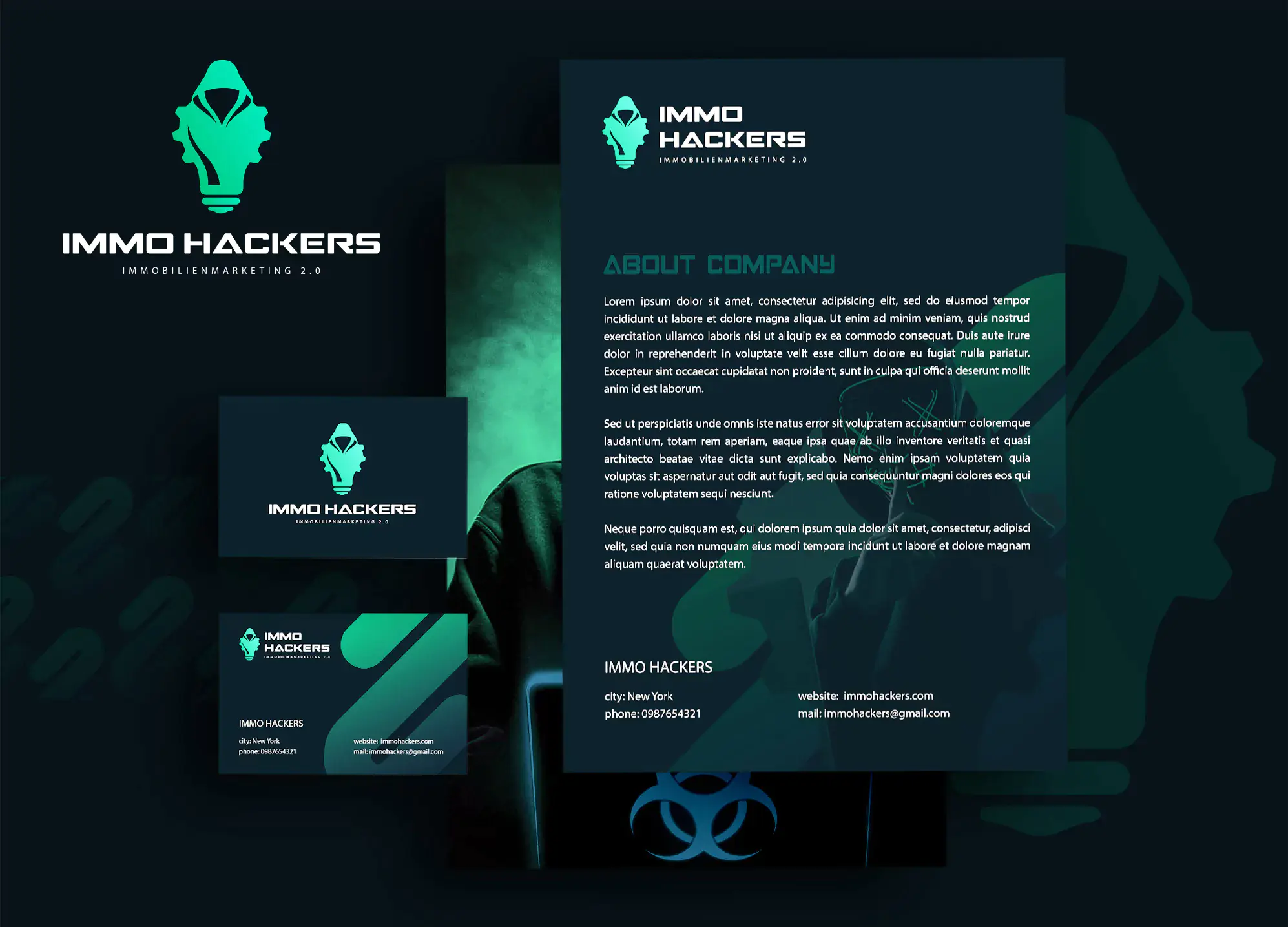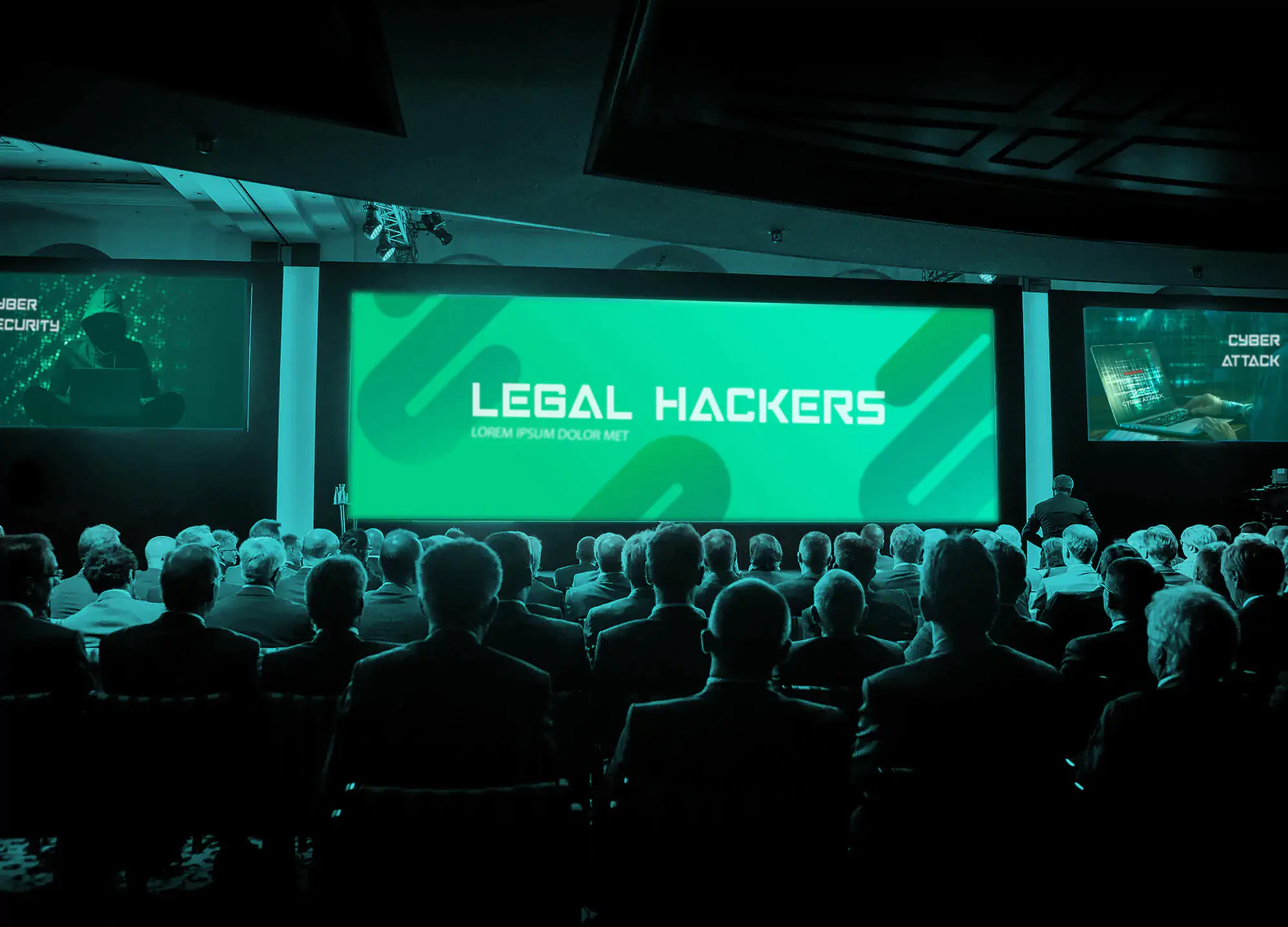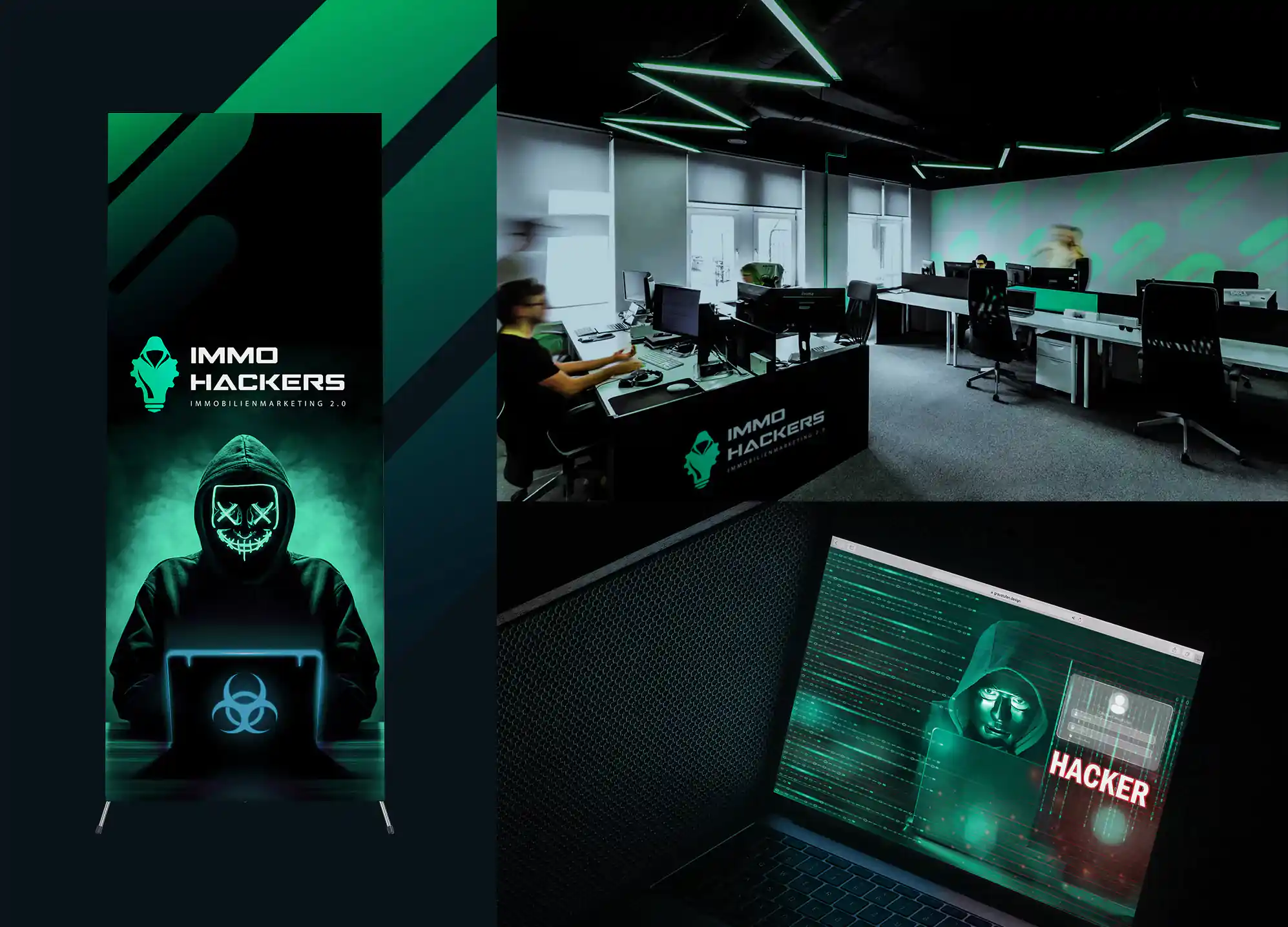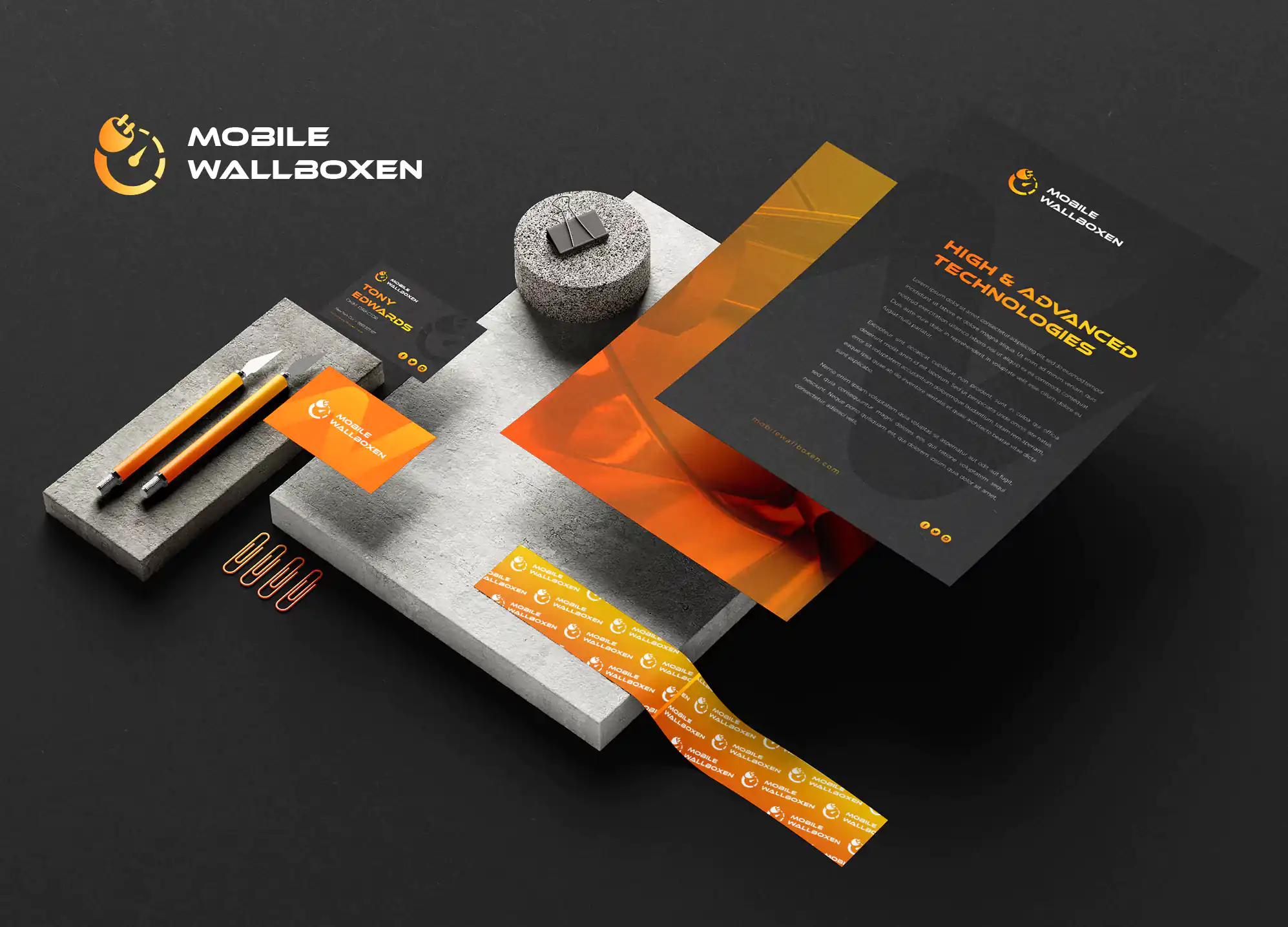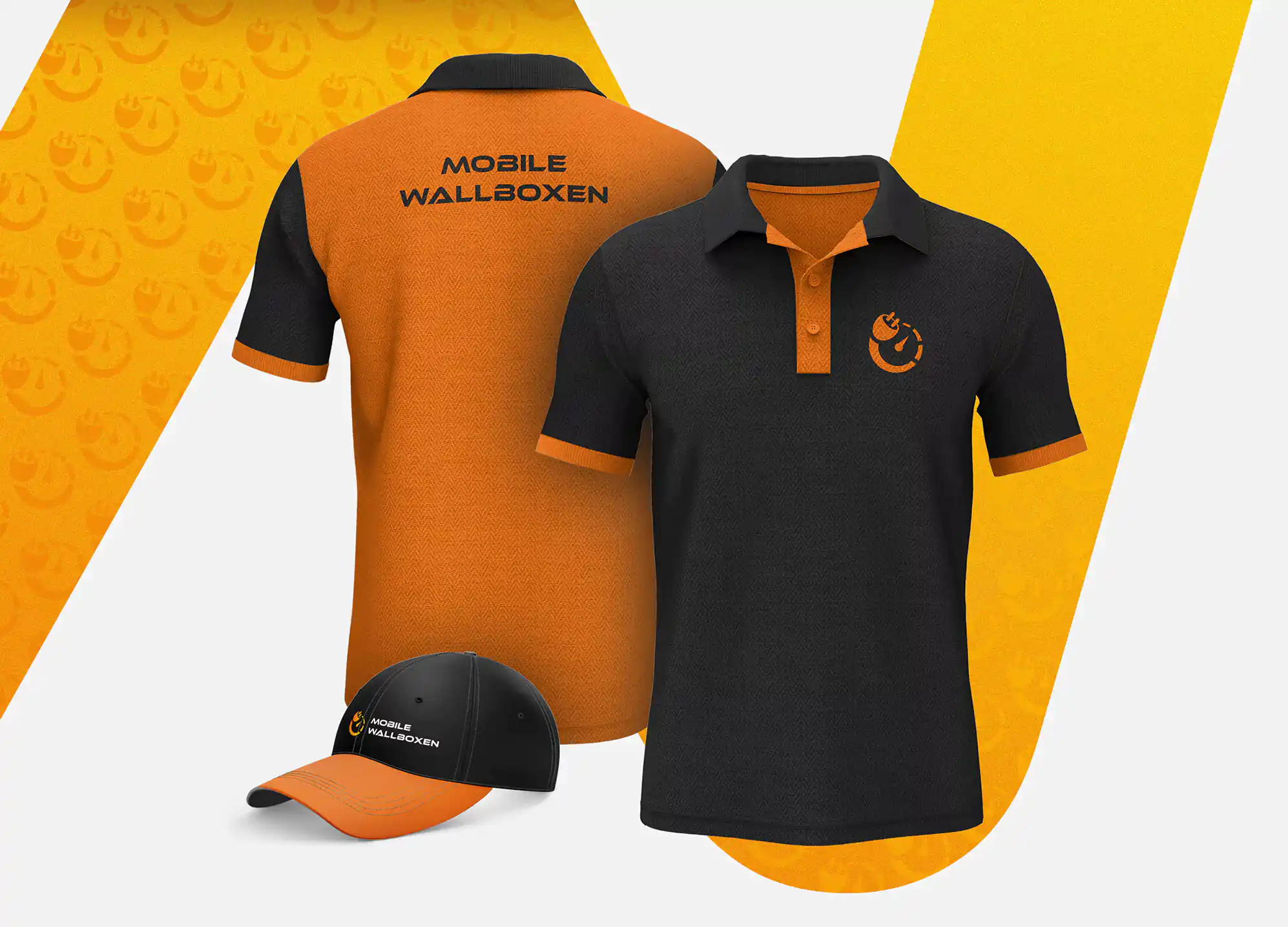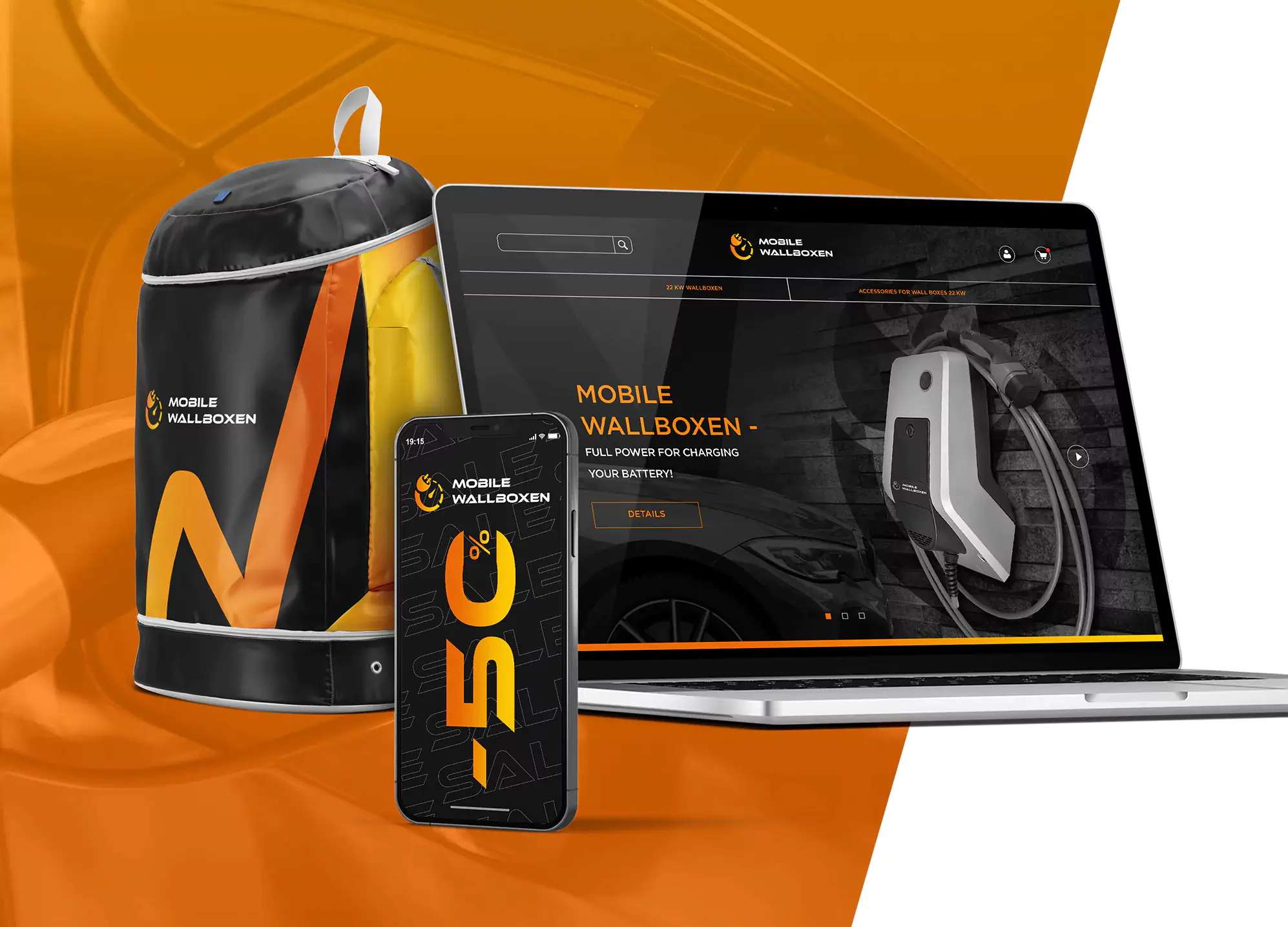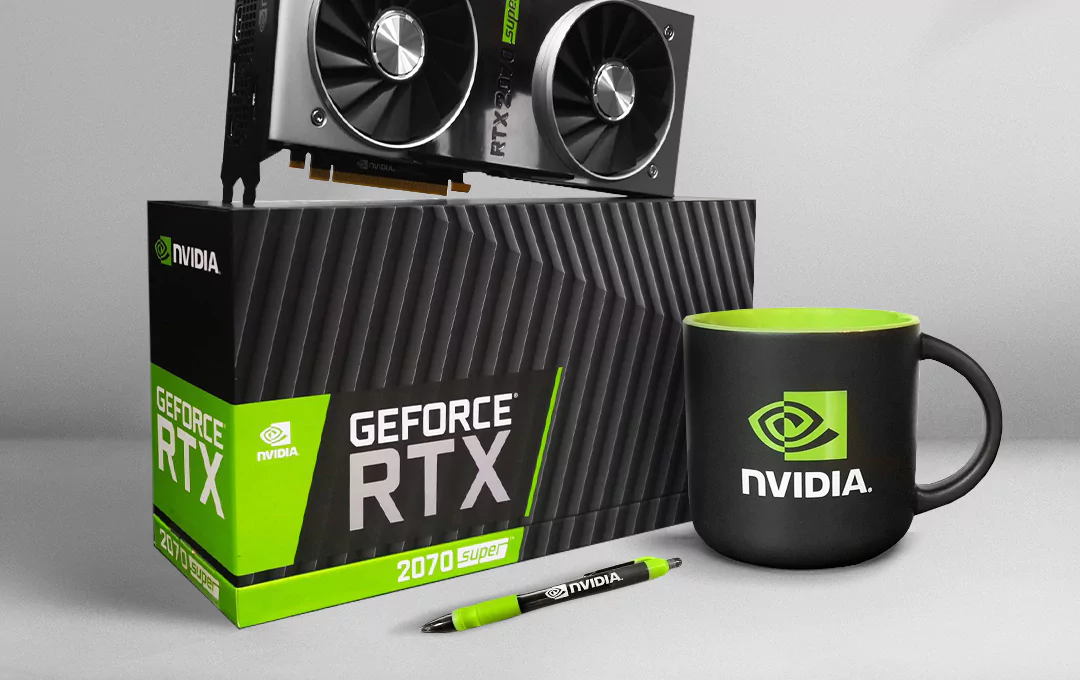It’s the golden tech age, and we’ve all seen tech companies rise or fail. Branding plays a central role in determining these trajectories. Read further to find out.
If the recent emergence of the Omicron variant of COVID19 teaches us anything, it’s that science, particularly technological advancements is always on the increase. Technology has emerged as one of the fastest-growing sectors in the country; creating not only entirely new and exciting products but also new kinds of employment, creating never-before-seen paradigm shifts due to relatively low barriers to entry.
However, this blessing is also a curse — lower barriers of entry allow the market to get somewhat oversaturated, which is made glaringly obvious because 70% of startups do not survive beyond their 10th year.
Despite this, several startups do succeed and go on to multi-billion dollar exits, whether acquisitions or IPOs. The list is, well not quite endless, but it’s a long one nonetheless. From tech giants, like Twitter, Instagram, Airbnb, and Slack to tech unicorns like Canva to even lesser-known tech companies like Calendly; we’re never short of tech success stories.
“What do all of these successful companies have in common? What makes them so successful” You might ask. Besides designing excellent products with fantastic use cases, they’ve been able to apply ingenious technology branding strategies to grab and retain the attention of the public.
If you’re a technology company, you might be tempted to think, “pfft, all we need to do is build the best minimum viable product (MVP) by focusing on the price-performance ratio and secure a huge installed base”.
Well, there’s a litany of promising tech businesses that had brilliant ideas but have now folded up. Before the Apple Watch, Pebble was, one of the earliest smartwatch creators founded in 2012. It went out of business in 2016, only one year after the Apple Watch was introduced.
Elon Musk, the CEO of SpaceX and Tesla hinted that a brand is just a perception, and perception will match reality over time. You need to do more than create new possibilites or solve a problem with your product. You must also focus on public perception. Technology branding is how you achieve this.
Image source: https://www.spacex.com/, https://www.tesla.com/
In this article, we define what technology branding is, why it’s a no-brainer for tech businesses like yours. Most helpfully, we dish out the insider scoop on how to do it right!
What is Technology Branding?
Technology branding describes the series of activities aimed at shaping how people perceive the product or service at all levels. This helps clients remain loyal in a market crowded with identical offerings.
How do you create a tech brand?
The usual business branding pathways — logos, websites, digital ads, catchphrases, color schemes, etc. But your strategy must be adapted to technology. So, you may have to combine strategy for both physical products and services, as the lines continue to get blurred in the technology space.
What are the technology strategies?
A technology branding strategy begins with creating a strong brand identity that goes beyond just what the product does to position the company in the market.
Do Technology Companies Need Branding?
Our tech branding experts have observed that one of the biggest misconceptions in Silicon Valley and the wider technological industry is that a great product needs little to no branding (Only if they knew!).
It’s not uncommon for startups to have little to zero funds allocated to technology branding. They concentrate more on marketing. Acquire just about enough prospects through lead gen and other marketing collaterals to secure pre-seed funding. But this strategy only works if the goal is to exit or close up shop in 5 years or less.
Branding is… long-term. Technology companies struggle with what they view as a choice between short-term product promotion against long-term brand development. Seasoned technology businesses find a middle ground as they understand the commercial and long-term competitive benefits to be gotten from strong branding.
Ditching technology branding to favor more tactical technological innovation, new product feature sets, better flexibility or lower price-points can only get you so far.
Benefits of Branding for Tech Companies
When there’s too much emphasis on product marketing, your marketing spend stretches, and your messaging grows thinner as your technology advances. This leaves you playing catch up.
So, if you’re asking “why?”, a more appropriate question would be, “why not?”. We’ve chalked out a few benefits:
It helps you to create a consistent brand image
One of the best things that you can do for your business is to create a uniquely identifiable brand image with a measure of consistency across all fronts.
From company values to ads and brand messaging, technology branding helps you to design this consistent image that then sends out a message of coherence (and of course, competence) to potential clients, investors, and other stakeholders.
It gives you control of your narrative
It’s commonly said that a lie can travel halfway around the world before the truth has even had the chance to put on its boots. With social media and instant messaging, it only takes a tweet and a few hundred retweets to put your company in a bad light.
However, with proper branding, you can effectively handle this. Branding done by a team of experts, not newbies, earn you some measure of the benefit of the doubt. This affords you time to properly craft responses, but also equip you to get in on conversations before they even gather momentum. It’s all about controlling the narrative right from the very start. This is one area of expertise for our award-winning agency, we have over 150 relevant case studies with proven results.
Consider the climate debate. Companies, especially those with the biggest harm potentials on our climate, have reworked their brand to reflect responsible behavior. Shell, a legacy oil producer, has begun to make commitments to renewable energy, becoming even a market leader in windmill energy in the UK and globally.
Not only does this help them stay on top of the narrative by taking the steps necessary to avoid any fallout from coming under scrutiny by environmentalists, but it’s also a net positive for the environment.
Immo Hackers understood the essence of controlling a company’s narrative through rock-solid branding in the technology space. Though a cyber-security company, they sought to get a company brand identity that matched the anonymity-themed branding messaging that the hacking industry is so often identifed with.
A co-Founder of the ethical hacking agency, Hleb Gorbunov had briefed our expert team about the company’s objectives for the branding project. Though, they are a cybersecurity company, they sought to move away from the ‘cybersecurity company branding’ cliche.
They wanted a more anonymized brand story design that matched their white hat operations — to purvey the anonymity their clients were guaranteed to gain by using their services. Our award-winning team, of course, put all hands on deck to ensure the project was delivered on time and on budget.
Following extensive internal & external research, and general brainstorming of our expert team (marketers and designers), Stan Branding was able to assist Immo Hackers in refreshing its purpose statement and ensuring that its brand narrative, brand messaging, and visual identity resonated with their audience in a unified brand voice across every business unit.
The technology branding initiative included a new logo design, a refreshed look and feel for Immo Hackers wesbite with a green color scheme that was cool, calm, and highlighted their true professionalism.
Our creative experts put in the hard work, and after the launch of its new website, we got results. Immo Hackers got more leads, (a notable increase in leads from their pre-branding era) their page views rocketed, and average session duration, as well as traffic referrals from mobile devices and organic search.
Helps you build your community and cultivate brand loyalty
It’s the end of the year, and with everyone showing off their end-of-the-year Spotify playlist, it’s only normal that we cite Spotify as an example of companies that have successfully cultivated brand loyalty.
They’ve been able to hack this through their hyper-personalized ‘end of the year wrap’ brand innovation where they track customer listening preferences to actively recommend other music that they’re more than likely to resonate with.
Spotify also goes the extra mile to empower customers to share their experiences online with their friends and family. It is hyper-personalized customer experiences like this that have formed a huge foundation of their branding.
The result? It’s earned them more than 100 million paid monthly subscribers and global acclaim as the most popular streaming service in the world. With proper branding strategies, you can design a unique identity around your brand and your customers, inspiring loyalty among them.
Differentiates you from your competitors
One important step to take if you’re looking to carve out and cement your spot in the market is to create a unique identity. And it goes beyond just having a Unique Selling Proposition (though it is a must-have) to create a perception about how important your product is.
Without branding, you may continue to struggle against not only competitors but also counterfeiters; a sure recipe for a commercial disaster.
By creating a unique technology brand identity, complete with selling propositions and whatnot, you would be essentially sealing your position in the market, from where it is only onward and upwards.
To show you what we mean, Dropbox’s technology brand identity rocks an image-heavy, vibrant design that sweetly complements their platform. And as you must have seen, it’s pretty consistent across their social media channels, whether it’s their Twitter banners or their or their Instagram aesthetic.
Technology Branding vs. Physical Products Branding
Traditionally, there has always been a difference in the strategies for branding physical products and services.
This is because, while physical products can be sold on their own merits (make it physically appealing enough, and people will buy it), selling services follows the more advanced pathway of selling the promise of an experience and seeding consumer trust in the business.
These differences also apply in the technology industry. While Apple can market iPhones by doing visual ads showing off their elegant design, software-based companies like Calendly can only illustrate what their clients can hope to experience.
Image source: https://calendly.com/brand
However, as we’ve said earlier, the tech industry has brought on a good number of paradigm shifts. One of them is in this aspect too. With the advent of service-as-a-product (SaaP) business models, the lines have never been more blurred.
The burden lies on technology businesses to fashion out the best branding strategy for their product/service. Bearing in mind the difference that we’ve already highlighted in branding physical products and services, businesses — most especially technology companies — can apply them in whatever way they think is most suitable.
How Technology is Changing Branding
While product innovation alone does not hand you the keys to branding, quality technological innovation is one of the many reasons why the Tesla brand has been able to steer clear from traditional marketing channels like PR and ads and yet garner so much brand awareness.
They’ve been able to achieve this by doubling down on technological innovation to unlock even greater functionalities for customers. Tesla ranks pretty high in the innovation Olympics due to their exploits in battery development, solar roods, ATV, software updates, energy storage projects, Cybertrucks, etc.
Let’s switch gears and discuss the effect technological innovation has had on branding as an essential part of technology companies’ marketing objectives:
Personalized User Experience
Another way technology has changed branding and marketing in general is the greater relevance that marketing messages now have to the viewing public.
Following the mass adoption of social media and the broader internet, algorithms can now determine and predict customer behavior with near-accuracy, based on their past behavior.
With all these sophisticated tools available for creating personalized or targeted ads, it has never been easier to create branding campaigns that appeal uniquely to every potential customer that views them.
Impact measurement
Finally, technology has changed branding and marketing by providing avenues for businesses to obtain real data about the impact of their earlier marketing and branding campaigns. With these measurement exercises, businesses can then refine their strategies further.
A very good example of a tech-heavy company using technology to supercharge its branding can be seen from Zenith Aircraft. They develop kit planes. But to improve how users experience their products and enhance their brand image, they heavily leveraged technology.
Whichever branding agency you chose to go with requires deep commercial understanding to be able to pull off these kinds of on-brand innovations. Zenith Aircraft’s case is a clear example of how technological innovation can make your branding more efficient.
How? They contacted StoryUp to develop a VR (virtual reality) experience to give customers a demo VR experience of an actual flight in their kit planes. The video went viral. And the cost of this project was way less expensive than their other content campaigns.
The success of a marketing strategy largely depends on which professionals you hire And within the last six months, we’ve been able to help over 50 brands with unique technological branding strategy, with each having its own direction, features, and proven results.
So, less money was spent on enhancing their brand image as they went viral. They got real value for the little expenses they incurred. Oh, and they ended up saving themselves a whole lot in the costs of jet fuel. Cha-Ching!
Components of a Successful Technology Brand Strategy
The technology industry is an over-saturated space and businesses are faced with the challenge of finding perfect strategies for creating unique identities around their business and their products, allowing them to stand out from the competition to their customers.
To do this, technology companies should understand that there are no set-in-stone guidelines. The volatility of the market often means that businesses are left with no choice but to innovate on the go and distinguish themselves from competitors using talent and team structure.
We can already see why this is the case as boundaries between services and products are getting blurred, meaning the marketing (and branding) innovations that businesses need should readily adapt.
However, some factors are surefire components of any successful brand marketing strategy. Whatever mode you choose to take must first include these components, listed below in no specific order of importance:
A strong brand identity
A survey conducted by Social Pilot claimed that about 86% of IT customers base their purchasing decision on a company’s brand on social media. Going by this logic, a strong brand identity means your chance of morphing leads into conversions is high.
And this goes beyond just the logo and physical designs of your products, website, etc. It’s also your underlying philosophy. Of course, it’s a given that you must commit to designing a unique physical identity. Whether logos, taglines, typography, color schemes, they all can be used to identify your brand anywhere seen instantly.
But before any branding strategy becomes effective, a uniquely identifiable brand identity must be created. One that specifically defines the brand’s product or services and its corporate values and goals; and with which your prospective audience can resonate.
Take-away: A tech-optimized strategy must identify a specific customer base, apply online content and social media, and focus on building relationships with customers and, ultimately, a community.
Intel showcases this excellently with its content-heavy, on-brand social media with non-salesy communications that keep customers coming.
Another example of a company that delectably incorporates a strong brand identity is, well, one we at Stan Branding are not only very familiar with but also one of the unique completed projects by our award-winning branding agency with proven results — Mobile Wallboxen, a manufacturer of electric vehicles and electric vehicle accessories based in Berlin, Germany.
Their mission for this rebranding project was clear. Their new rebranding needed to take on a top-tier strategy that carved out their spot in the electric revolution as an electric vehicle accessory dealer. They wanted to strike a dynamic, innovative, and entrepreneurial impression on their target audience.
Keeping in mind that this rebranding project needed deep commercial understanding, Mobile Wallboxen’s, their CMO, (Chief Marketing Officer) Rudolf Heinz, came to us after a key member of their advisory board mentioned our award-winning branding agency in their strategy meetings.
We conducted deep marketing research to gain more insight on the electric vehicle market in Europe, what best resonated with users. We also had stakeholder interviews within their company. All these findings helped inform our design of what was a freshly minted identity that resonated with the European marketplace.
The high-level creativity of our team of experts was especially pronounced in Mobile Wallboxen’s logo, with a brilliant fusion of a speedometer and an electric plug, signifying a long-overdue shift into the electric car revolution.
Thanks to the hard work of our creative experts, this rebranding initiative has seen Mobile Wallboxen gain a well-put-together brand identity and secure better brand equity, especially in the electric vehicle industry.
Their brand recognition as a Europe-based by globally reckoned electric car accessory company has also helped them acquire eight new global partners to their team (Bonus point: three of these partners are very popular European tech start-up unicorns).
Specific prospective customer base
Another important component of successful branding campaigns is a specific prospective customer audience at whom the message is targeted.
As we’ve said mentioned, one of the greatest impacts that technology has had on branding and marketing as a whole is the newfound ability of brands to design customer-specific branding content based on their data already obtained.
Using these tools, successful branding campaigns must first determine their intended audience, their idiosyncrasies and then use this information to design strategies that are most likely to get to them.
Online content
It is virtually impossible to run any technology brand campaign in today’s world without utilizing online content in some form or another. From blog posts to social media posts, flyers, brand copies, industry research findings, etcetera, the internet provides brands with a host of choices of content with which they can reach their intended audience.
Slack gets this. And their enviable content marketing-focused strategy has earned them a giant reputation in the technology space. Just recently, they released “The State of Work Report” dishing out branded never-before-seen insight on recent developments in the global workforce.
They’ve been documented to have the deepest disruption in the corporate communications space since another technology giant — Gmail. Now, how’s that for brand reputation?
Highlight your use cases
The positive review of your clients. The carefully outlined process of your operation. The brand appeal of a professionally designed document. The emotional appeal of you problem-solving or unleashing greater possibilities for other clients inspires brand confidence.
So, it’s not just one for the project managers, but also one for your marketing/sales department or whichever department oversees your branding. Whether you want to sell a product or a service or a blend of both (SaaP), for your branding strategy to bring the success that you hope for, you must prioritize emphasizing your brand’s use cases in an emotional tone above simply parroting technical jargon.
Focus on building trust
People make purchase decisions for an astonishing variety of reasons, but one that stands out the most is trust. The different profiles of customers mean different interpretations of trust. Thus, a recent Deloitte 2021 Global Marketing Trends report hints that while the idea of what constitutes ‘trust’ depends on the audience, (for instance, trust in data protection, trust that they will get customer support, etc.) one aspect of trust remains universal — that when delivery doesn’t meet expectations, there’s a breakdown in trust.
Trust is indispensable. At the very core, because making a sale is actually the very last step on the sales conversion funnel, with a series of preceding events targeted at building relationships (and trust) with prospective customers.
The more your branding strategy can highlight your product as one to trust, the more likely it is to attain success.
Conclusion
In the constantly changing world of technology startups focused on creating a new reality for humankind, technology branding is the magic wand (sort of), that when expertly deployed will help you find a market fit, reach profitability, and retain a place in your brave new future.
You cannot do this alone. Your internal marketing & sales team can only do so much. To make this happen, you need an expert team with equal parts high-level creativity and a deep commercial understanding of the market who can help you whip up winning design that gives off a cordial impression of your brand for your users.
You also need to ensure they’re a professional group, so your project is delivered on-time and on-budget. Notwithstanding how much new branding material they might have to introduce, you need a team that’ll make sure clients retain side-by-side, their brand identities and relatability for their old customers, and a new, refreshing allure for new ones.
Ready to step up your branding a gear? Hit us up today at Stan Branding for a free project pre-development from our CEO. Whether a fresh branding or a rebrand, the general brainstorming of our expert team (marketers and designers) and professional execution will help you come up with a unique completed project, with proven results!




